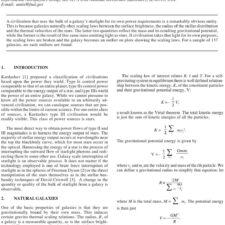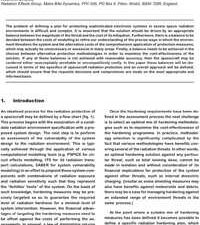Access To Orbit From Unst – A Worked Example
£5.00
R. H Brand et al. (2021), JBIS, 74, pp.130-138
Refcode: 2021.74.130
Abstract:
This paper describes how orbital access to space could be economically implemented by means of vertical launches from the island of Unst in the Shetland Islands to the north of Scotland. It brings together the results of the first three years of the British Interplanetary Society’s Small Launch Vehicle (SLV) feasibility study and the launch site proposals of the Shetland Space Centre (SSC). It builds on the SLV study’s work on launch safety corridors, trajectory analysis, launch vehicle design, market analysis and operating economics and combines this with that of the Shetland Islands’ proven logistics, SSC’s favourable geographical location on Unst, and its proposed adaptive launch site, space related ground infrastructure and tracking and data handling. In addition, the SLV study and SSC have recently cooperated on a detailed weather analysis of the proposed launch site. Together these allow a realistic “worked example” of a vertical ascent to LEO via an efficient and safe intercepted Hohmann transfer orbit to a Sun-synchronous Orbit (SSO) of 500 km to be described. This paper follows on from that presented by the then “NLV feasibility study” at the 16th Reinventing Space Conference – “Commercial Access to Space from the UK?” which described the results of Phase 1 of the study. This concluded that orbital access to space from the UK was feasible from both a business and technical point of view, and could be implemented by a vertical-launch vehicle from the north of Scotland or, possibly, by air launch.





